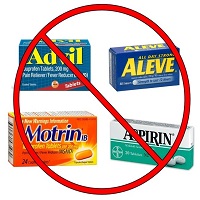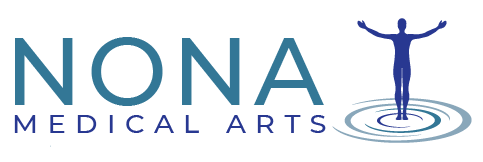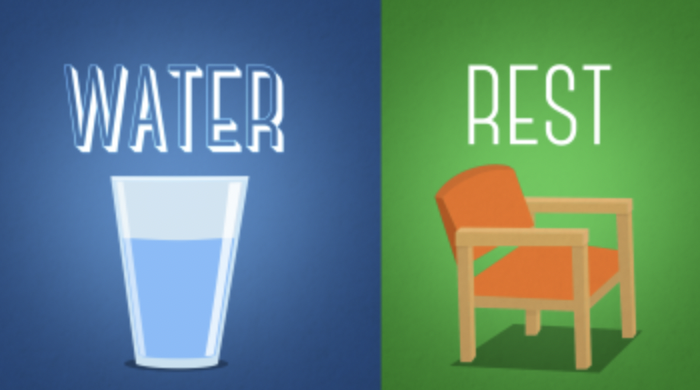
It is essential that after your stem cell procedure, you follow the instructions put in place by your doctor. This will ensure a quick and effective recovery.
In the days following …
You can expect a wide range of pain levels. Over several days, the pain will dissipate. We recommend staying away from anti-inflammatory medication, and instead resting for 1-2 days.
Anti-inflammatory drugs hinder stem cell function, so stay away from all NSAIDS. You should not be overly active, or working the affected area during this time. You’ll start physical therapy when your doctor instructs you, and this can range from case to case.
Walking and moving about are encouraged. Remember for the body, motion is lotion.
Weeks 2-4
You’ll find quite a bit of inflammation in the affected area, but this is a sign of increased immune function.
White blood cells race to the treated area and create a sort of priming for the stem cells to do their job. So don’t fret!
After your resting period, your doctor may clear you for light daily activity. It is very important you do not overdo this. Lifting heavy objects, and numerous trips up and down the staircase are to be avoided, especially if your procedure focuses on any of your joints (hips, shoulder, elbows, knees, etc.). Your body may feel different from day to day, so take it one day at a time.
To combat soreness, a light walk can do the trick to get your blood moving, and this is especially true for spinal patients. Heat can be applied for muscle aches and our best remedy for inflammation is cold packs.
 In addition to anti-inflammatory drugs, you should stay away from natural remedies like turmeric and arnica gel. Kinesiology tape can offer the support you need, but ask your doctor about what therapeutic tools will work best for you.
In addition to anti-inflammatory drugs, you should stay away from natural remedies like turmeric and arnica gel. Kinesiology tape can offer the support you need, but ask your doctor about what therapeutic tools will work best for you.
Weeks 3-4
You should be progressing in your range of motion, but your doctor will likely keep you on a no-impact movement routine. This is because the newly injected stem cells need time to develop into specialized cells. Gentle exercise in the pool, walking and using an elliptical is best, while more intense exercise can prevent this crucial process.
Weeks 5-6
A reminder that slow and steady wins the race may be needed at this time of your healing journey.
Light resistance may be added to your workouts but stay away from heavy weights or intense cardio.
By now, the stems cells have begun building new tissue, and too vigorous of movement will stress them out.
Light workouts will increase circulation and aid in the healing process, but movement that causes any sort of compression, like squats, calf raises, and twists should not be done.
A pilates and yoga routine is a great alternative!
Weeks 7-8
Aerobic exercises are safe for your stm cells at this stage of recovery.
You may feel the need to jump into high intensity exercises, but your body will need time to adjust to this new movement. Ease in slowly and always listen to your body.
Monitor the area of treatment and stop activity if you feel any pain. Heat and ice are still a great option to treat your muscles.
Month 3 and On
Between month 3 and 6, your new stem cells will be most concentrated. Working out to strengthen your joints is fine, but it is essential your do not create more stress or overly push yourself in activity.
In general ….
You should be focusing on drinking water, eating a high protein diet, and getting plenty of sleep.
-
A great conversion for how much water you should be drinking is halving your body weight (measured in pounds) and changing that number to ounces. For example, a 150 pound person should be drinking 75 ounces of water a day.
-
For protein, for every pound you weigh, try to eat the same amount in grams. A 150 pound person should aim for 150 grams of protein throughout their day.
-
Sleep is essential for healing, and 8-10 hours a night is key.


